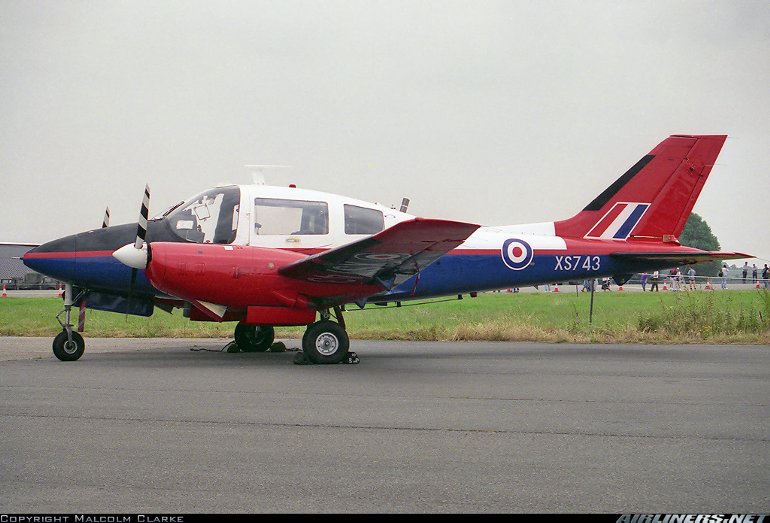Aircraft Technical Data
Beagle B-206

| Details | |
| Country of Origin | United Kingdom |
| Type | Six/eight place cabin twin |
| History | The cabin class Beagle B.206's origins lie in a late 1950s Bristol project for a four seat twin. Although not built, the Bristol 220 evolved into one of Beagle's first and few designs to reach production. The prototype of the new twin engine design, known as the B.206X, made its first flight on August 15 1961. A five/six seater powered by two 195kW (260hp) Continental IO470 engines, it was considered too small by its creators, and the design grew into the B.206Y with 230kW (310hp) Continental GIO470 engines, greater wing span, a larger cabin with increased seating capacity, greater fuel capacity and increased weights. This allowed it to meet a Royal Air Force requirement for a communications aircraft capable of transporting a Vbomber support crew. Twenty were ordered for this role in place of the originally planned buy of 80, selected in preference to the de Havilland Dove. In RAF service the B.206 was designated the CC.1 Basset. Basset deliveries began in May 1965. Following the B.206Y were two evaluation B.206Z aircraft, then the initial civil production version, the Series 1 B.206C. Poor hot and high performance was in part responsible for slow sales and so Beagle designed the Series 2 B.206S with more powerful turbocharged GTSIO520 engines. The B.206S also introduced a slightly revised cabin to seat eight with the entry door repositioned from above the wing to the rear port side fuselage. A commuter airliner development was also built in prototype form, the 10 seat Series 3 which a featured a further enlarged cabin. Flown in prototype form, the design died when Beagle entered liquidation in early 1970. |
| Powerplants | B.206C - Two 230kW (310hp) Continental GIO470A geared, fuel injected flat six piston engines driving three blade constant speed propellers. B.206S - Two 255kW (340hp) Continental GTSIO520C geared, turbocharged and fuel injected engines. |
| Performance | B.206C - Max speed 354km/h (191kt), max cruising speed 333km/h (180kt), economical cruising speed 298km/h (160kt). Initial rate of climb 1170ft/min. Range with no reserves 2905km (1570nm). B.206S - Max speed 415km/h (224kt), max cruising speed 380km/h (205kt), econ cruising speed 301km/h (163kt). Initial rate of climb 1340ft/min. Range with no reserves 2462km (1330nm). |
| Weights | B.206C - Empty equipped 2381kg (5250lb), max takeoff 3401kg (7499lb). B.206S - Empty equipped 2450kg (5400lb), max takeoff 3401kg (7499lb). |
| Dimensions | Wing span 13.96m (45ft 10in), length 10.26m (33ft 8in), height 3.43m (11ft 4in). Wing area 19.9m2 (214sq ft). |
| Capacity | Eight comprising one or two pilots plus six passengers behind them. |
| Production | Total production run of 79 aircraft included one 206X; one 206Y; two 206Z; 20 206R Bassets for the Royal Air Force; 11 B.206C; 43 206S; and one Series 3. |
| Related Links | Beagle B-206 |
The backbone of this section is from the The International Directory of Civil Aircraft by Gerard Frawley and used with permission. To get your own copy of the book click here. |
|








